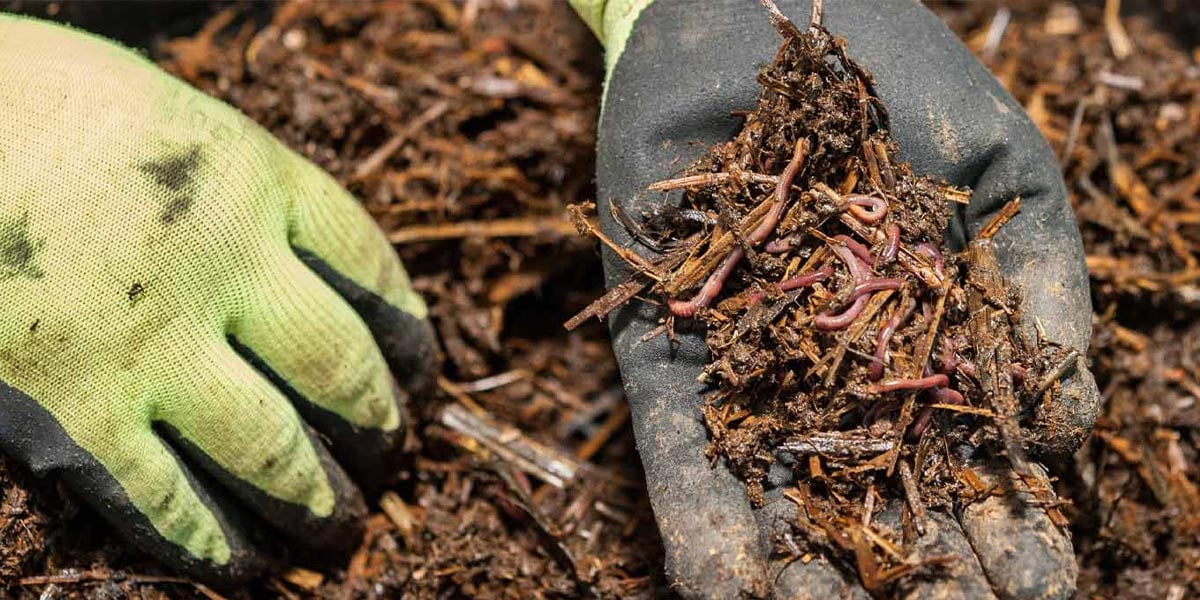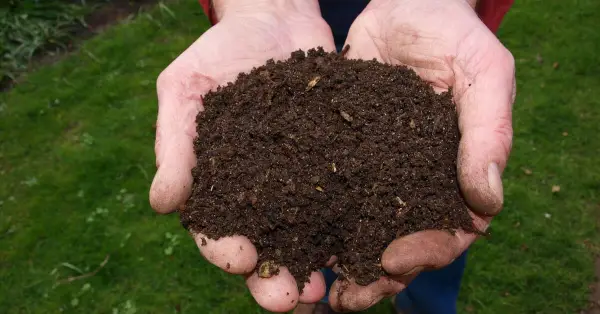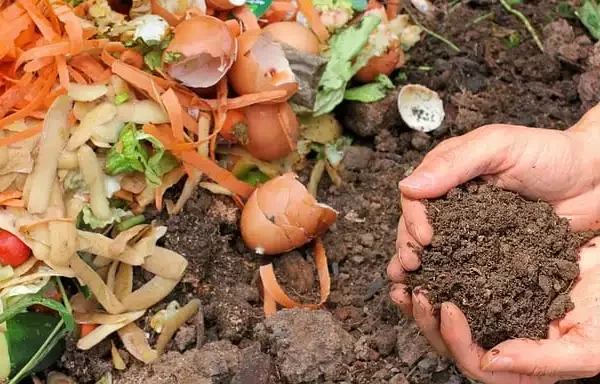Introduction to Composting with Red Worms
Composting with red worms, also known as vermicomposting, is a sustainable and environmentally friendly way to recycle organic waste and improve soil health in your garden. In this expert guide, we’ll explore the benefits of vermicomposting, how to set up a worm composting system, and tips for maintaining healthy compost with red worms.
Understanding Vermicomposting
Benefits of Vermicomposting
Vermicomposting offers numerous benefits, including reducing organic waste sent to landfills, producing nutrient-rich compost for gardens, and promoting soil health and fertility. Additionally, vermicomposting with red worms can help mitigate greenhouse gas emissions by diverting organic waste from landfills, where it would otherwise decompose anaerobically and produce methane.
Choosing the Right Worms
When starting a vermicomposting system, it’s essential to choose the right type of worms. Red worms, also known as Eisenia fetida or red wigglers, are the most commonly used species for vermicomposting due to their voracious appetite, ability to thrive in compost bins, and efficient digestion of organic matter.
Setting Up Your Vermicomposting System
Selecting a Bin
Choose a suitable container for your vermicomposting system, such as a plastic or wooden bin with ventilation holes for airflow. The size of the bin will depend on the amount of organic waste you generate and the space available for composting.
Bedding Material
Create a bedding material for your red worms using a combination of shredded newspaper, cardboard, or coconut coir. Moisten the bedding material to achieve a damp, but not soggy, consistency, as red worms require a moist environment to thrive.
Adding Worms and Organic Waste
Introduce red worms to the bedding material and gradually add organic waste such as fruit and vegetable scraps, coffee grounds, and eggshells. Avoid adding meat, dairy, oily foods, and citrus fruits, as these can attract pests or create acidic conditions unsuitable for worms.
Maintaining Your Vermicomposting System
Temperature and Moisture Control
Maintain an optimal temperature range of 55°F to 77°F (13°C to 25°C) for your vermicomposting bin, as red worms are sensitive to extreme temperatures. Monitor moisture levels regularly and add water as needed to keep the bedding material moist, but not waterlogged.
Aeration and Mixing
Periodically aerate the compost by gently fluffing or turning the bedding material with a garden fork or hand trowel. This helps prevent compaction and allows oxygen to reach the worms and microorganisms, promoting aerobic decomposition.
Harvesting Vermicompost
After several months, the organic waste in your vermicomposting bin will be transformed into nutrient-rich vermicompost. To harvest the compost, push the contents of the bin to one side and add fresh bedding material to the empty space. Red worms will migrate to the new bedding, allowing you to scoop out the finished compost from the other side.
Benefits of Using Vermicompost in Your Garden
Improved Soil Structure
Vermicompost is rich in organic matter, beneficial microorganisms, and plant nutrients, which help improve soil structure, water retention, and nutrient availability for plants. Incorporating vermicompost into garden soil can enhance its fertility and resilience to environmental stress.
Reduced Need for Chemical Fertilizers
By adding vermicompost to your garden soil, you can reduce the need for synthetic fertilizers, pesticides, and other chemical inputs. Vermicompost provides a natural source of nutrients and beneficial microorganisms that support plant growth and health without harmful environmental impacts.
Conclusion: Embracing Sustainable Gardening Practices
Composting with red worms offers a simple yet effective way to recycle organic waste, improve soil health, and reduce environmental impact in your garden. By following the steps outlined in this expert guide and incorporating vermicompost into your gardening routine, you can create a more sustainable and productive garden while minimizing waste and supporting ecosystem health.
FAQs on Composting with Red Worms
What is vermicomposting, and how does it differ from traditional composting?
Vermicomposting is a process of composting organic waste using red worms to accelerate decomposition. Unlike traditional composting, which relies on microbial activity, vermicomposting involves the digestion of organic matter by red worms, resulting in nutrient-rich vermicompost.
What are the benefits of composting with red worms for the environment?
Composting with red worms helps divert organic waste from landfills, reducing greenhouse gas emissions and environmental pollution. Additionally, vermicompost improves soil health and fertility, promoting sustainable gardening practices and biodiversity in the ecosystem.
How do red worms contribute to the composting process?
Red worms, also known as Eisenia fetida or red wigglers, consume organic waste and break it down into nutrient-rich castings. Their digestive process accelerates decomposition and produces vermicompost, a valuable soil amendment for gardens.
What types of organic waste can be composted with red worms?
Red worms can compost a wide range of organic materials, including fruit and vegetable scraps, coffee grounds, tea leaves, eggshells, and shredded paper. However, it’s essential to avoid adding meat, dairy, oily foods, and citrus fruits, as these can attract pests or create acidic conditions unsuitable for worms.
How do I set up a vermicomposting system with red worms in my garden?
To set up a vermicomposting system, you’ll need a suitable container, bedding material (such as shredded newspaper or cardboard), red worms, and organic waste. Follow our step-by-step guide to create an ideal environment for red worms to thrive and compost organic waste effectively.
Can I use vermicompost produced by red worms in my garden?
Yes, vermicompost produced by red worms is a valuable soil amendment that can be used to improve soil fertility, structure, and moisture retention in your garden. Incorporating vermicompost into garden soil provides plants with essential nutrients and beneficial microorganisms, promoting healthy growth and productivity.
How do I maintain a healthy vermicomposting system with red worms?
Maintaining a healthy vermicomposting system involves monitoring moisture levels, temperature, and acidity, as well as regularly aerating the compost to promote oxygen flow. Avoid overfeeding the worms and ensure proper ventilation to prevent odors and pests.
Can I compost with red worms indoors?
Yes, vermicomposting with red worms can be done indoors using a suitable container, such as a plastic bin or worm composting kit. Indoor vermicomposting allows you to recycle organic waste year-round and produce nutrient-rich compost for houseplants or outdoor gardens.
How long does it take for red worms to compost organic waste?
The time it takes for red worms to compost organic waste depends on factors such as temperature, moisture levels, and the type of organic material being composted. In ideal conditions, red worms can process organic waste and produce vermicompost in a few months.
Are there any tips for troubleshooting common issues with vermicomposting with red worms?
Common issues with vermicomposting may include foul odors, excessive moisture, or pest infestations. To troubleshoot these issues, adjust the moisture levels, avoid overfeeding the worms, and ensure proper ventilation and drainage in the composting bin. If problems persist, consult our expert guide or seek advice from local horticultural experts or extension services.
- Rhode Island’s Favorite THC Infused Beverages - June 5, 2025
- THC Soda and Drink Options in Idaho - May 28, 2025
- Ohio’s Go-To THC Infused Beverages - May 28, 2025





